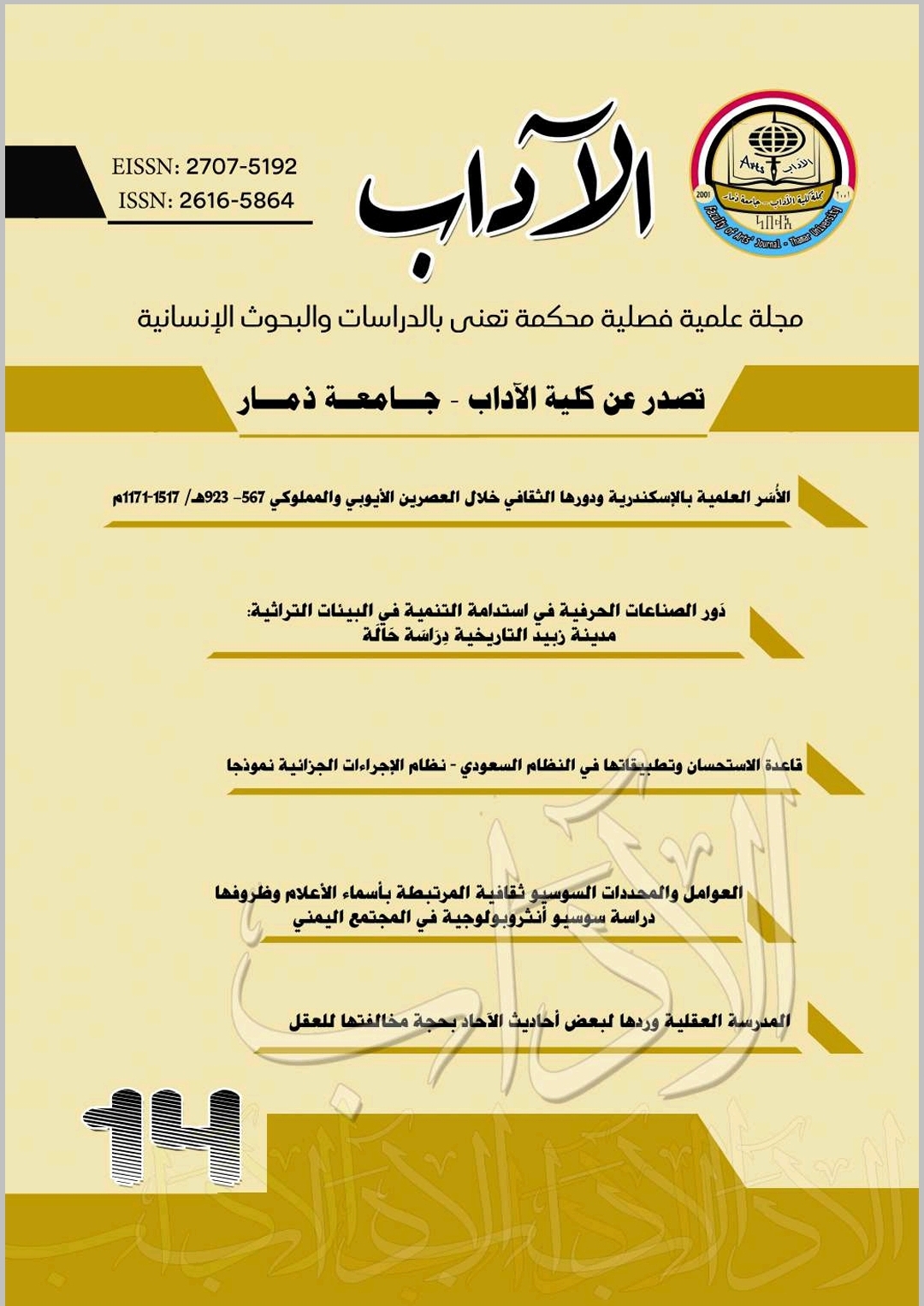Protestant Presbyterian Church, its Definition, Origin, Goals, Beliefs, Risks: A Descriptive study
DOI:
https://doi.org/10.35696/.v1i14.646Keywords:
presbyteian, Church, Protestant churchAbstract
This research aims to introduce the doctrine of the Protestant Presbyterian Church and the reasons for its spread and explain its goals that it seeks to achieve. The study also tries to explore the methods used by this church and other missionary churches to spread its ideas and beliefs in the Islamic countries in particular, and the world in general. The researcher tried to document the places of its spread and introduce some of the affiliated institutions and bodies operating under its jurisdiction. The researcher also has tried to clarify the dangers of the spread of these Christian calls to Islamic and Arab countries, and try to suggest solutions and remedies that could be taken to confront this serious challenge. These churches spread Christian missionary ideas in the Arab and Islamic countries; taking advantage of the political, social and economic conditions those most Islamic societies suffer from today like weakness, dispersion and intellectual loss. Taking advantage of advanced material and technological capabilities and its control over some of the global decision-making centers, and their close relations with European and American countries that support them financially, medially and politically and here lies the problem that the study has tried to clarify through this brief research.Downloads
Download data is not yet available.
Downloads
Published
2020-03-01
How to Cite
Agel, E. M. . (2020). Protestant Presbyterian Church, its Definition, Origin, Goals, Beliefs, Risks: A Descriptive study. Journal of Arts, 1(14), 373–412. https://doi.org/10.35696/.v1i14.646
Issue
Section
1
License
Copyright (c) 2021 إنعام بنت محمد عقيل (مؤلف)

This work is licensed under a Creative Commons Attribution 4.0 International License.
Copyright and Licensing
For all articles published in journal, copyright is retained by the authors. Articles are licensed under an open access Creative Commons CC BY 4.0 license, meaning that anyone may download and read the paper for free. In addition, the article may be reused and quoted provided that the original published version is cited. These conditions allow for maximum use and exposure of the work.



